THINK'N OF YOUR MOTHER!
More than you'll want to know on why we choose to print on ONNO™ Hemp Tees.
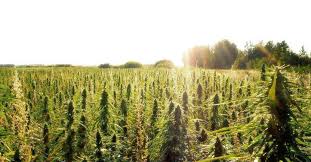
Photo courtesy of consumecannabis.com
The following Hemp Info was taken from our friends at ONNO's. Stu-Gotts invites you to take a few minutes and education yourself about sustainability in Hemp, and carbon offset purchases.
After learning about bamboo being the wonder plant, why even bother using another plant for fabric? Because hemp is an amazing plant that lasts a lifetime. Hemp has been in use since 770 AD. Since that time, it has been used to make everything from rope to clothing, to paper. As a fabric, hemp filters UV light, so your skin is protected. It resists bacterial growth, so you won't smell, again, no guarantees about your personal habits, but we're not adding to the cause. Hemp has four times the strength of cotton so it won't weaken when washed.
A step away from cotton, the drape and hang of hemp has been compared to linen. Like a baseball glove you've had for ten years, hemp fabric becomes softer with use. Hemp also absorbs moisture quickly, keeping your body dry. Being one of the most durable fibers on earth, hemp isn't going anywhere for a long time, except out of our narrow-minded country. Hemp is illegal to grow in the US, even though the hemp plant is different from the marijuana plant and doesn't get anyone high. What you inhale is your business, but the business we're concerned with is bringing this great fabric back into the awareness of the public. We have alternatives to cotton and it's about time we really understood what those are.
Because hemp is more water-absorbent than cotton, it will retain dye better than any other fabric, keeping your colors from fading better than Tide can. Hemp also has a porous personality that allows it to breathe, keeping you cool in the summer. And like bamboo and wool, hemp is warmer in cooler weather.
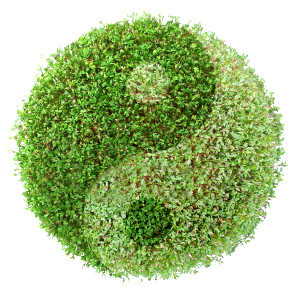
Photo courtesy of hempfarm.org

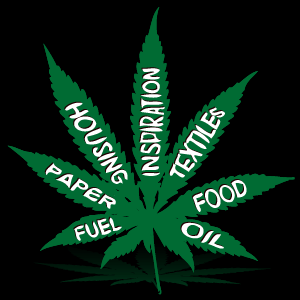
Photo courtesy of abovetheignorance.org

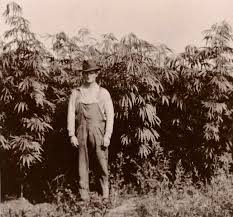
Photo courtesy of hemp.com

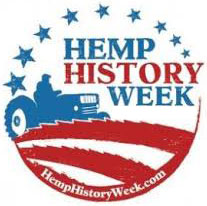
Photo courtesy of hemp.org


Source: ONNO
Stu-Gotts.com is a merchandising portal from Stu-Gotts, a vintage scooter club, with members all over the state of Florida. The goal is to have clubs around the world, accept the philosiphy of Stu-Gotts, and embras it as an montra or expression of what it is to be a vintage scooterist. Original Art and Graphics created by Michael Montini of Creightive, ©2015 Copyright, All Rights Reserved.
© Copyright, 2015, Creightive. All Rights Reserved.
